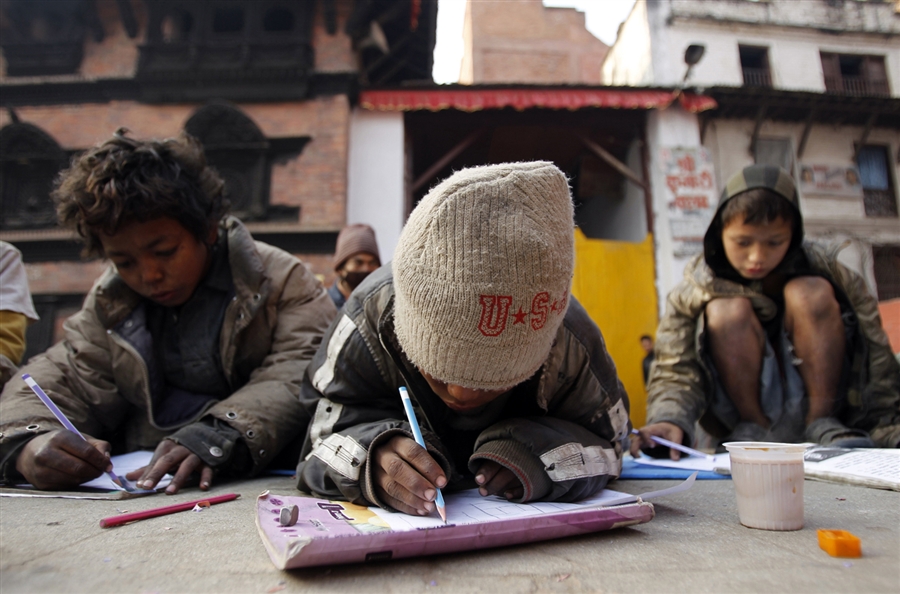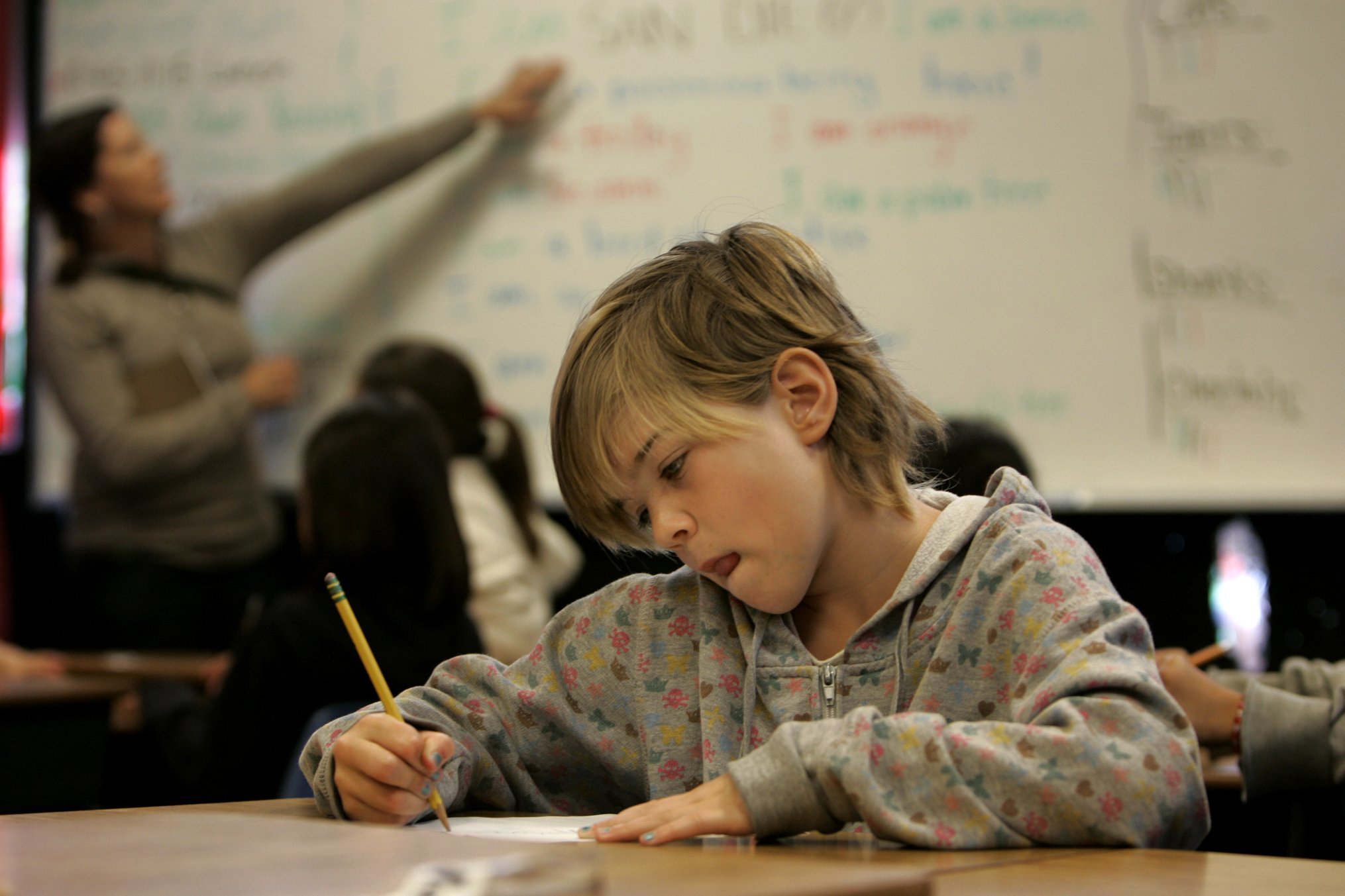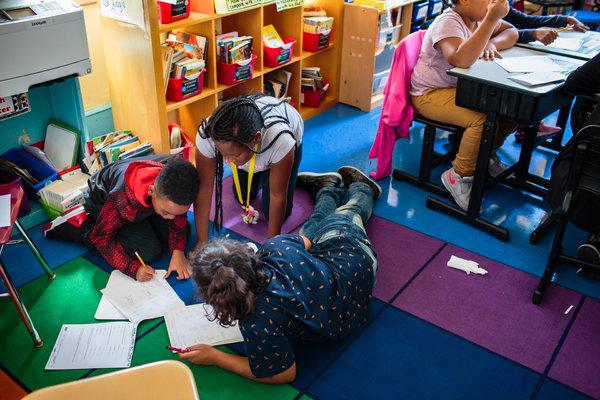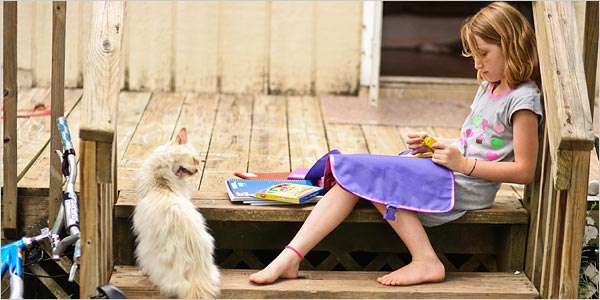Education As a Constitutional Right: Homeless Children and The Law

Homeless children are among the most vulnerable in our society. It is well documented that when children lack a stable home and have to worry about shelter and food, their ability to succeed in school suffers.
According to the American Institutes of Research, there are a staggering 2.5 million homeless children in America.
In 1987, President Reagan addressed this problem by signing the McKinney Act into law. Since then the law has been reauthorized several times and is now called the McKinney Vento Act.
The McKinney Vento Act was most recently reauthorized with the passage of the No Child Left Behind Act. It provides information about school for homeless children.
Who Are Homeless Children for Purposes of This Act?

The McKinney Vento Act defines homeless children as “individuals who lack a fixed, regular and adequate night-time residence.” This broad definition is meant to be inclusive and to err on the side of protecting the rights of more children rather than fewer. The act gives six specific examples of homeless children whose educational rights must be protected pursuant to this definition. Those six examples include:
(1) children who are living with friends or relatives because they have lost housing or cannot afford housing;
(2) children who live in “motels, hotels, trailer parks, or camp grounds due to lack of alternative accommodations”
(3) children who are in state custody and waiting for a foster care placement
(4) children who have a night-time residence that is not a regular sleeping accommodation (such as a park bench)
(5) children whom we usually think of as homeless because they are living in cars, parks, abandoned buildings or other inappropriate places.
Where Should Homeless Children Be Educated?

The goal of the McKinney Vento Act is to provide the most continuous learning environment possible for homeless children who are often forced to move around and often have damaging gaps in their education.
To that end, McKinney Vento gives the homeless student’s family two options about where the child may attend school. The family may decide to keep the child in the school that he or she attended at the time the child became homeless (called the school of origin), until the end of the school year during which the child gets permanent housing.
Alternatively, the family may decide to send the child to the school that other children living in the area of the child’s temporary residence attend. For example, if a 7 year old child is staying with relatives or in a motel or abandoned building on the west side of Springfield, then the child may go to the same public school as the other 7 year old children on the west side of Springfield.
How Else Are Homeless Children Protected?

Since the goal of the McKinney Vento Act is to provide adequate learning opportunities for some of the nation’s most vulnerable youth, the Act requires that certain procedural exceptions be granted for homeless children, if necessary. For example, many school districts will not enroll a student who does not have proper immunization records.
The Act makes clear that a homeless student may not be kept out of school pending the receipt of his or her immunization documentation. Instead, the school district must enroll the student, let the student begin in class and then follow up with the required documentation.
Are All Homeless Children Protected?

It is important to note that McKinney Vento is set up as a grant. States may choose to take advantage of the grant money and if they do, then they are bound by the legal requirements of the Act. If a State instead chooses not to take the McKinney Vento money, then it is not legally obligated to perform the responsibilities outlined in the Act.
States that do participate in this program must identify a state homeless coordinator and each local education agency (LEA) must also identify a state homeless liaison to assist families with homeless children.
Any child may find himself or herself homeless during the course of his or her public education. This includes street kids, children of battered women, children with special needs and honor roll students in affluent neighborhoods.
The Act makes clear that all of these children deserve the right to as continuous an education as possible and requires schools in states that accept federal McKinney – Vento grant money to comply with the Act’s requirements to make sure that homeless children are educated appropriately.
